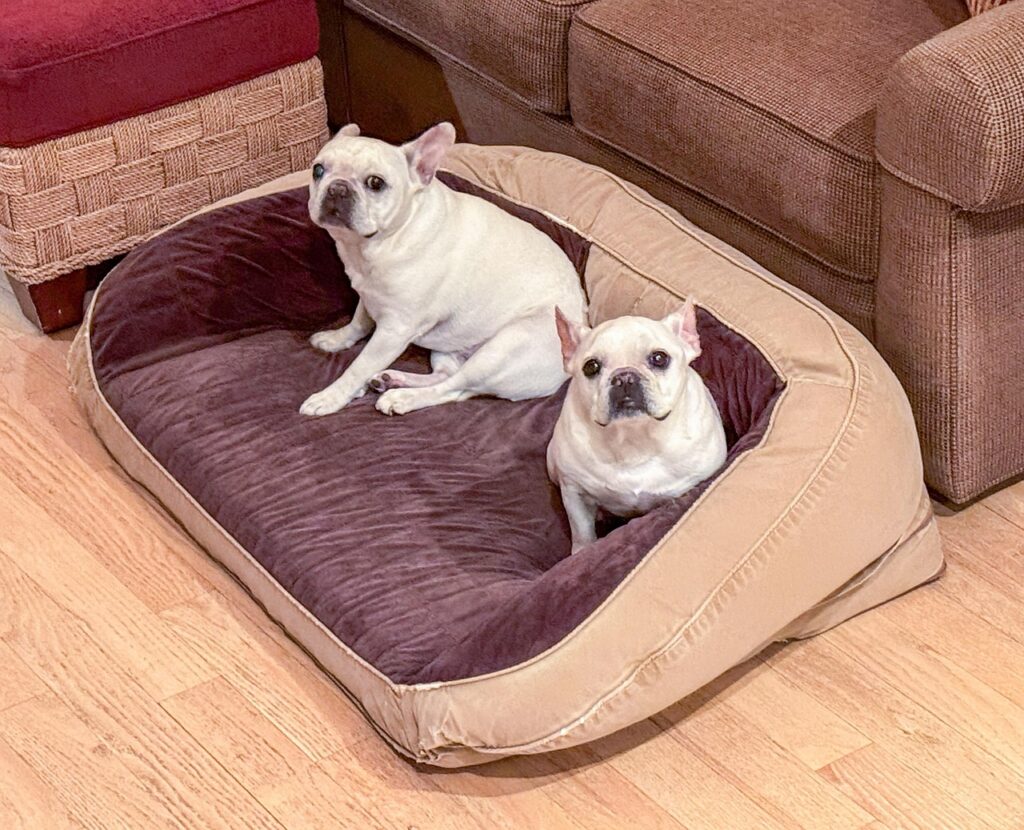A huge dog brings comfort, joy, and a strong sense of safety to a home. A dog of that size also needs a proper rest spot that supports a solid frame and steady daily activity. The search for a suitable bed often raises questions about size, shape, and support. In this guide, we’ll discuss the core factors that matter and how each factor helps a dog rest with ease.
The Size Factor That Shapes Every Decision
A big dog stretches out far more than small breeds, so when looking for dog beds for large dogs, make sure the one you choose allows full extension. Some dogs curl up at rest, yet space for the spine and limbs remains vital. A tight spot leads to stiff movement later and a short rest cycle.
Many owners seek large dog beds, but face a lengthy list of options that vary in width, height, and firmness. A smart approach centers on body length. The bed must exceed the dog’s full length by a few extra inches. That small buffer supports smoother shifts in posture through the night.
Support Levels That Protect Joints
Large breeds carry far more weight over joints such as hips, elbows, and knees. A proper bed limits pressure on those points. Beds with thick foam cores often offer the best mix of firmness and softness. Thin foam flattens fast and fails to support the shoulder and hip zones.
A helpful way to assess support:
- Press a hand on the surface.
- Check how fast the surface lifts back.
- Note if the base holds its shape under steady pressure.
A dense base slows joint strain and promotes calm sleep for older dogs that face early stiffness.
Materials That Offer Comfort Without Extra Heat
Some dogs rest better on cool fabrics; others prefer soft, plush textures. The right texture depends on coat type and room climate. Thick coats trap heat, so a cool base helps maintain comfort. Light coats may need slightly softer fibers that hold warmth without trapping body heat.
Key Points to Check
- Breathable covers for warm zones.
- Plush covers for cooler zones.
- Fibers that resist odor build-up.
- A cover that unzips for swift care.
A good cover also protects the foam or fill from moisture. A simple wipe or dry cloth should solve minor spills.
Design Features That Help Daily Life
A home with a large dog often needs strong zippers, firm seams, and covers that stay flat during play or quick movements. Raised edges can support the neck, yet some dogs prefer open designs. Take a close look at:
- Edge height.
- Base thickness.
- Slip-resistant layers on the bottom.
- Straightforward cover removal.
A stable base works best on wood or tile floors. On carpet, nearly any base stays level, though a slip-resistant layer still offers extra steadiness. Many makers who sell dog beds for large dogs also emphasize durability, as owners expect long service from a bed with a high price tag.
A large dog thrives with a bed that offers size, support, and comfort. Proper materials protect joints and allow a calm rest cycle. A stable base and a solid cover protect the bed for years. Smart choices lead to a healthier daily rhythm and far more ease for the dog. A well-selected bed also brings peace to the home as the dog settles with comfort and confidence.


 Lead Pet Behavior Specialist
Brian Camacho is an expert in pet behavior and training at Pet Paw Shack. With a deep understanding of animal psychology, he specializes in helping pets and their owners build strong, healthy relationships through positive reinforcement techniques. Brian’s innovative approach to training focuses on making behavior modification a fun and rewarding experience for both pets and their families.
Lead Pet Behavior Specialist
Brian Camacho is an expert in pet behavior and training at Pet Paw Shack. With a deep understanding of animal psychology, he specializes in helping pets and their owners build strong, healthy relationships through positive reinforcement techniques. Brian’s innovative approach to training focuses on making behavior modification a fun and rewarding experience for both pets and their families.
